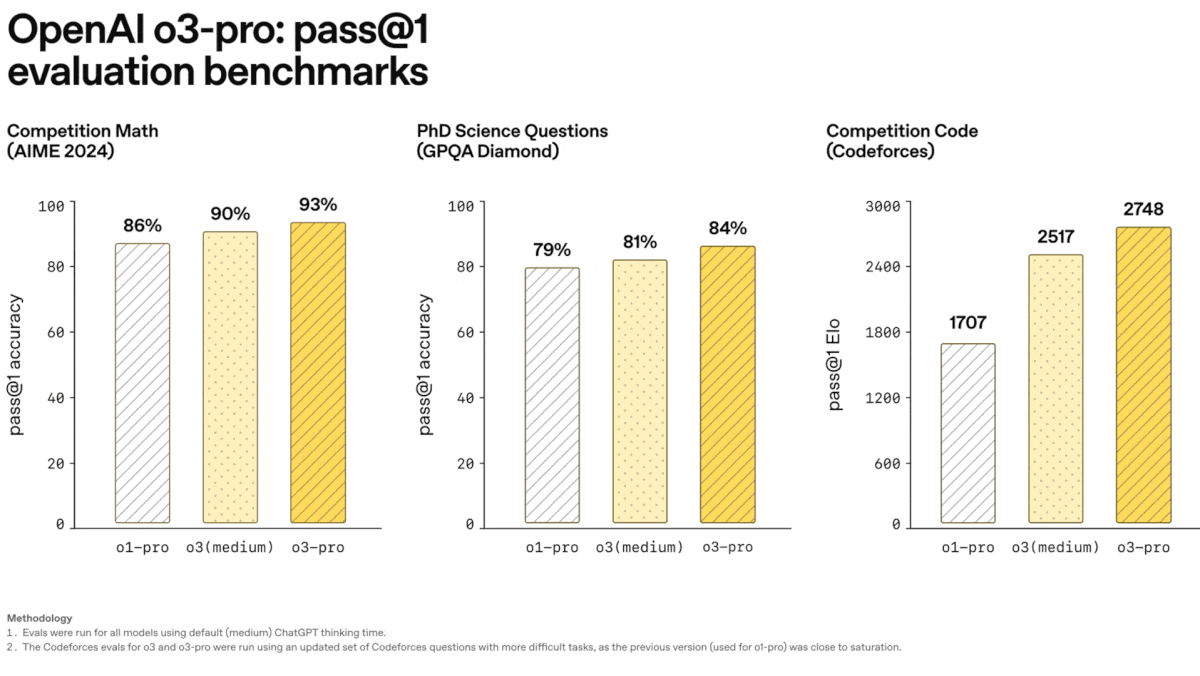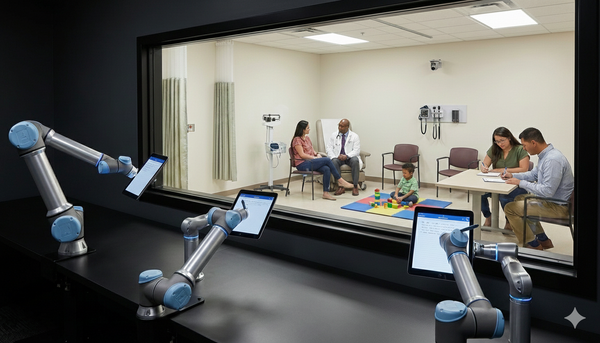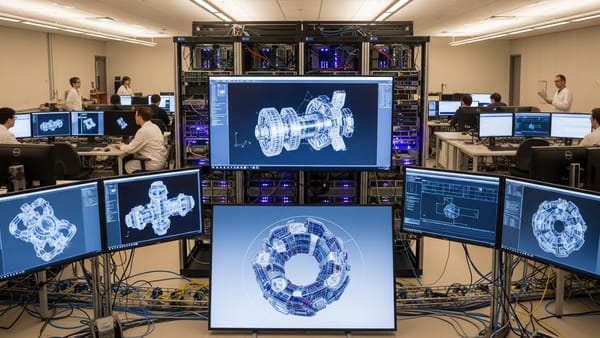More Reasoning for Harder Problems: OpenAI debuts o3-pro, an updated reasoning model that applies more tokens at inference
OpenAI launched o3-pro, a more capable version of its most advanced reasoning vision-language model.

OpenAI launched o3-pro, a more capable version of its most advanced reasoning vision-language model.
What’s new: o3-pro is designed to respond to difficult challenges involving science, mathematics, and coding. But its reasoning firepower dramatically slows response times.
- Input/output: Text and images in (up to 200,000 tokens), text out (up to 100,000 tokens, 20.7 tokens per second, 129.2 seconds to first token)
- Knowledge cutoff: June 1, 2024
- Features: Function calling including web search, structured output
- Availability/price: Available to ChatGPT Pro and Team users via OpenAI API, soon to Enterprise and Edu users, for $20/$80 per 1 million tokens of input/output
- Undisclosed: Details about architecture, training data, and training methods
Performance: o3-pro outperformed OpenAI’s own o3 (set to medium effort) and o1-pro in tests performed by OpenAI.
- Solving AIME 2024’s advanced high-school math competition problems on the first try, o3-pro (93 percent) bested o3 (90 percent) and o1-pro (86 percent).
- Answering GPQA Diamond’s graduate-level science questions on the first try, o3-pro (85 percent) outperformed o3 (81 percent) and o1-pro (79 percent).
- Completing Codeforces competition-coding problems in one pass, o3-pro (2748 CodeElo) surpassed o3 (2517 CodeElo) and o1-pro (1707 CodeElo).
- In qualitative tests, human reviewers consistently preferred o3-pro over o3 for queries related to scientific analysis (64.9 percent), personal writing (66.7 percent), computer programming (62.7 percent), and data analysis (64.3 percent).
What they’re saying: Reviews of o3-pro so far generally are positive, but the model has been criticized for the time it takes to respond. Box CEO Aaron Levie commented that o3-pro is “crazy good at math and logic.” However, entrepreneur Yuchen Jin noted that it’s the “slowest and most overthinking model.”
Behind the news: OpenAI rolled out o3-pro with a lower price, $20/$80 per 1 million input/output tokens, than o1-pro (which was priced at $150/$600 per 1 million input/output tokens but was deprecated in favor of the new model). Simultaneously it cut the price of o3 by 80 percent to $2/$8 per 1 million input/output tokens. These moves continue the plummeting price of inference over the past year. DeepSeek-R1 offers performance that approaches that of top models for $0.55/$2.19 per 1 million input/output tokens.
Why it matters: OpenAI is pushing the limits of current approaches to reasoning, and the results are promising if incremental. o3-pro’s extensive reasoning may appeal to developers who are working on the multi-step scientific problems. For many uses, though, the high price and slow speed may be a dealbreaker.
We’re thinking: Letting developers choose between o3 and o3-pro lets them calibrate their computational budget to the difficulty of the task at hand. What if we want to do the same with a trained, open-weights, large language model? Forcing an LLM to generate “Wait” in its output causes it to keep thinking, and can improve its output significantly.




